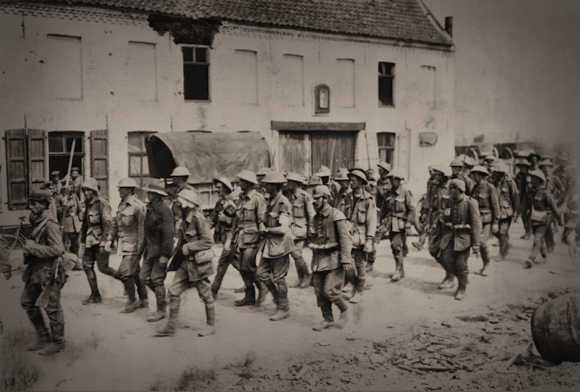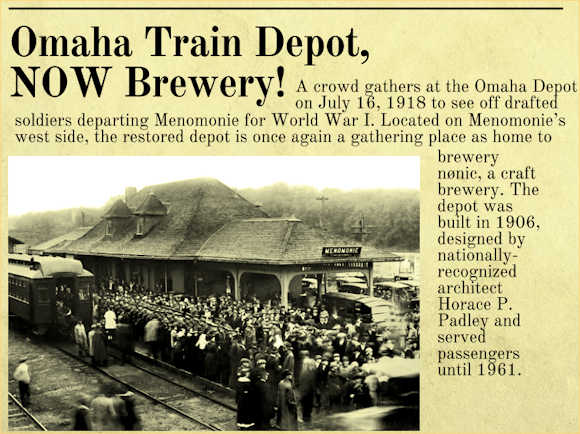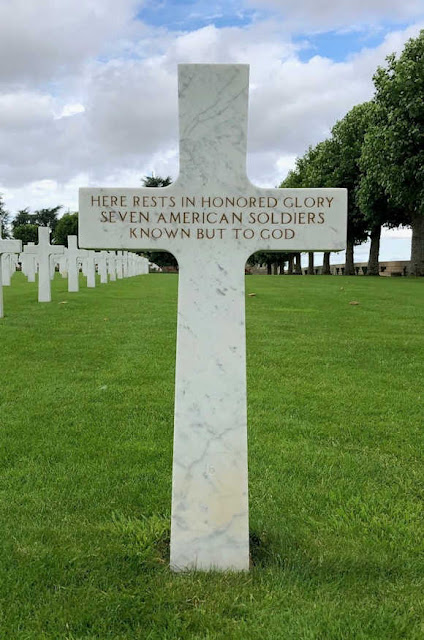 |
| A Number of the Men Found Were from Company D, 31st AIF |
In May 2008, after several years of painstaking research and investigation, a number of burial pits dating from the First World War were identified at Pheasant Wood, near Fromelles in northern France. In May 2009, archaeologists from Oxford Archaeology began to excavate the pits and by early September they had carefully removed the remains of 250 soldiers, mostly Australian, buried behind German lines after the Battle of Fromelles in July 1916. This discovery would lead to the eventual construction of the first Commonwealth cemetery to be constructed in over 50 years.
The battle of Fromelles was an Australian Imperial Force and British Army joint operation, fought on a 4,000-yard section of the German front line. It involved the British 61st and Australian 5th divisions, and, on the German side, the 6th Bavarian Reserve division. It was the first action that the Australian Imperial Force saw on the Western Front. The battle resulted in over 5,500 Australian and 1,500 British casualties, of which almost 2,000 Australian and over 500 British were fatalities. It was, and still is, the worst 24 hours in Australian military history.
Those who had fallen close to or in the German front line were gathered up by the enemy, and buried behind German lines in unmarked mass graves, including graves to the south of Pheasant Wood on the edge of Fromelles village. The graves went unrecognized for more than half a century until researchers, most notably retired Australian schoolteacher Lambis Englezos, identified them through historical research. When an evaluation confirmed their presence, the Australian and British governments announced a jointly funded program of excavation and recovery so that the soldiers could be reburied in individual graves.
 |
| Australian Prisoners Taken at Fromelles |
With an international team of forensic and investigative professionals, Oxford Archaeology began excavating and recovering the soldiers in May 2009. Unlike traditional archaeology, where the goal is largely scientific, this was a humanitarian project in which the sole focus was on the recovery and identification of individuals with living families using DNA. The graves, eight of them in total, were excavated over a period of four months. Soil was meticulously removed, first by a small mechanical digger, and then using specialist hand tools, to expose individuals (all practically skeletonized) and artifacts. Teeth and bones were sampled for DNA, and all evidence was comprehensively recorded before being lifted and transported to the temporary mortuary. All the skeletons were in good or excellent condition, allowing a high level of biological and personal identification information to be obtained. As expected, the skeletons exhibited extensive wounding–blast, projectile, and sharp-force lesions were all recorded–from the battlefield.
As the project proceeded, construction began nearby in 2009 for a new burial site for the re-interment of the bodies in individual graves nearby just outside Fromelles. Named Pheasant Wood Cemetery, it was to be ready to receive burials by the beginning of 2010.
All the recovered evidence was collated into confidential case reports, one for each soldier, for the identification commission, which convened annually over five years, beginning in 2010. A data-analysis team collated this information with historical records, family trees, and DNA results from the deceased and their descendants. This was a fundamental part of the identification process, and employed a rigorous, repeatable methodology, free from bias and devised specifically for this project–the first attempt at historic identifications on a large scale.
 |
| The Last Burial at Pheasant Wood Cemetery, 19 July 2020 |






































